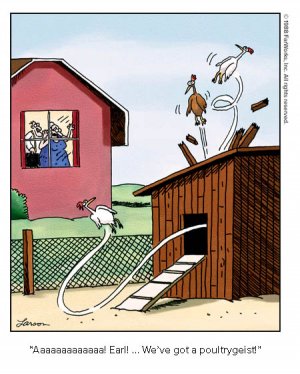debodun
SF VIP
- Location
- way upstate in New York, USA
What else can go wrong? Bird flu on the rise. Any poulterers reporting infections on their farms are subject to having their whole flocks euthanized and a 6 month quarantine imposed on their business. This is expected to impact egg and poultry prices.
https://spectrumlocalnews.com/nys/c...06/01/bird-flu-impacts-new-york-poultry-farms
https://spectrumlocalnews.com/nys/c...06/01/bird-flu-impacts-new-york-poultry-farms


